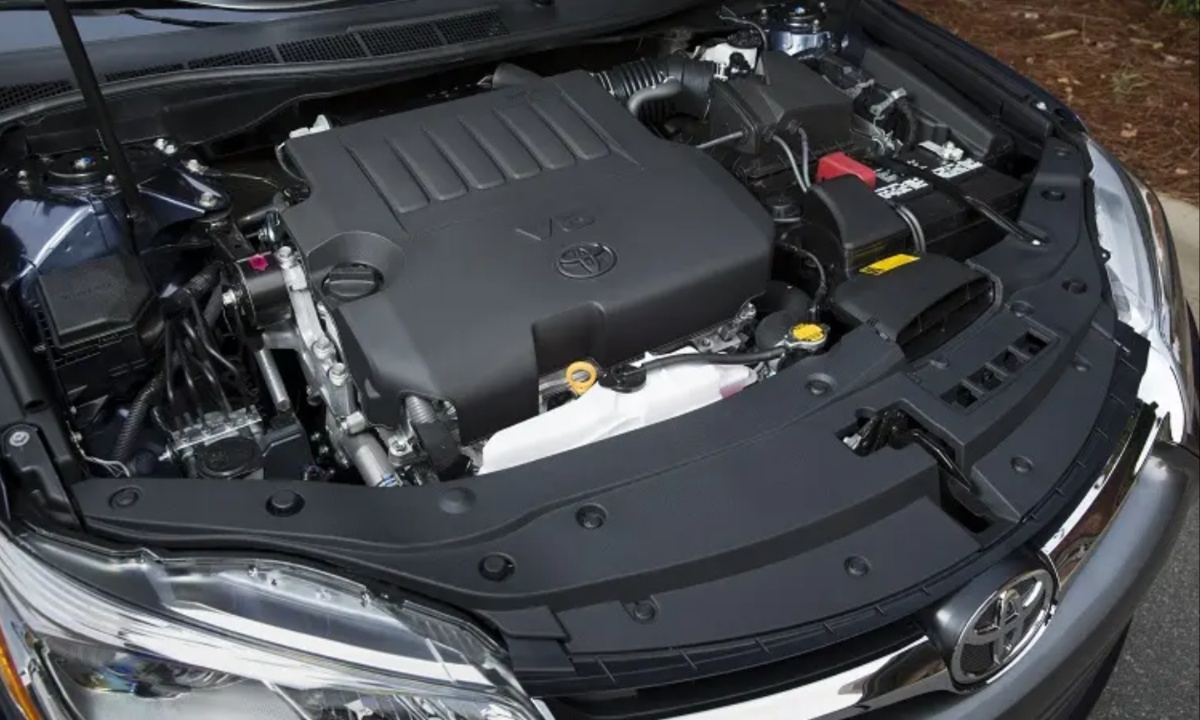In heavy traffic, some engines tend to run hot, but others seem unfazed. Whether it’s due to design, materials, or plain overengineering, some motors just refuse to overheat—even under the worst stop-and-go city driving. These engines stand out for their reliable thermal management, durability, and efficiency.
From German diesels to American V8s and Japanese inline-sixes, these machines have built reputations for not only longevity and power but also their ability to maintain optimal operating temperatures. This list highlights ten such engines, showing how proper engineering can deliver cool operation even under stressful conditions.
1. Toyota 2GR V6: Overbuilt for Everyday Duty
The Toyota 2GR is a 3.5-liter V6 that’s found in everything from sedans to SUVs and even race cars. Known for its smooth performance and resilience, it rarely suffers from overheating, even during traffic jams.
Featuring a die-cast aluminum block, aluminum heads, and variable valve timing, it manages heat well with efficient coolant flow and thermal management. It powers vehicles like the Lexus RX, Toyota Camry, Tacoma, and Lotus Evora.
The 2GR-FSE version has even made it to Ward’s 10 Best Engines list, further confirming its top-tier engineering in both power output and thermal stability.
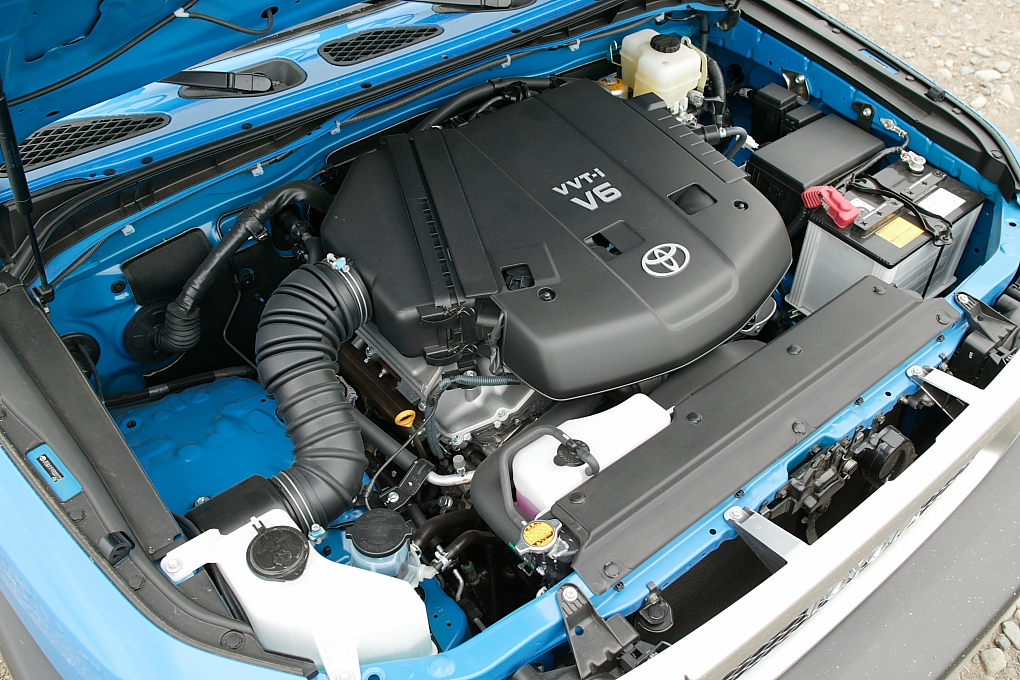
2. Mercedes-Benz OM617: Diesel Durability Redefined
The OM617 five-cylinder diesel engine became a symbol of indestructibility, especially in European taxis. Produced from 1974 to 1991, this cast iron workhorse rarely overheats, thanks to its slow-revving nature and excellent cooling design.
It debuted in the W115 chassis and found fame in the W123 and W126 sedans, including the world’s first turbodiesel production sedan—the 300SD.
The motor was engineered for long-haul efficiency and minimal stress, with chain-driven cams and a reputation for going over 500,000 miles. Its superb thermal balance helped reinforce Mercedes-Benz’s reputation for bulletproof reliability in the 1980s and 1990s.
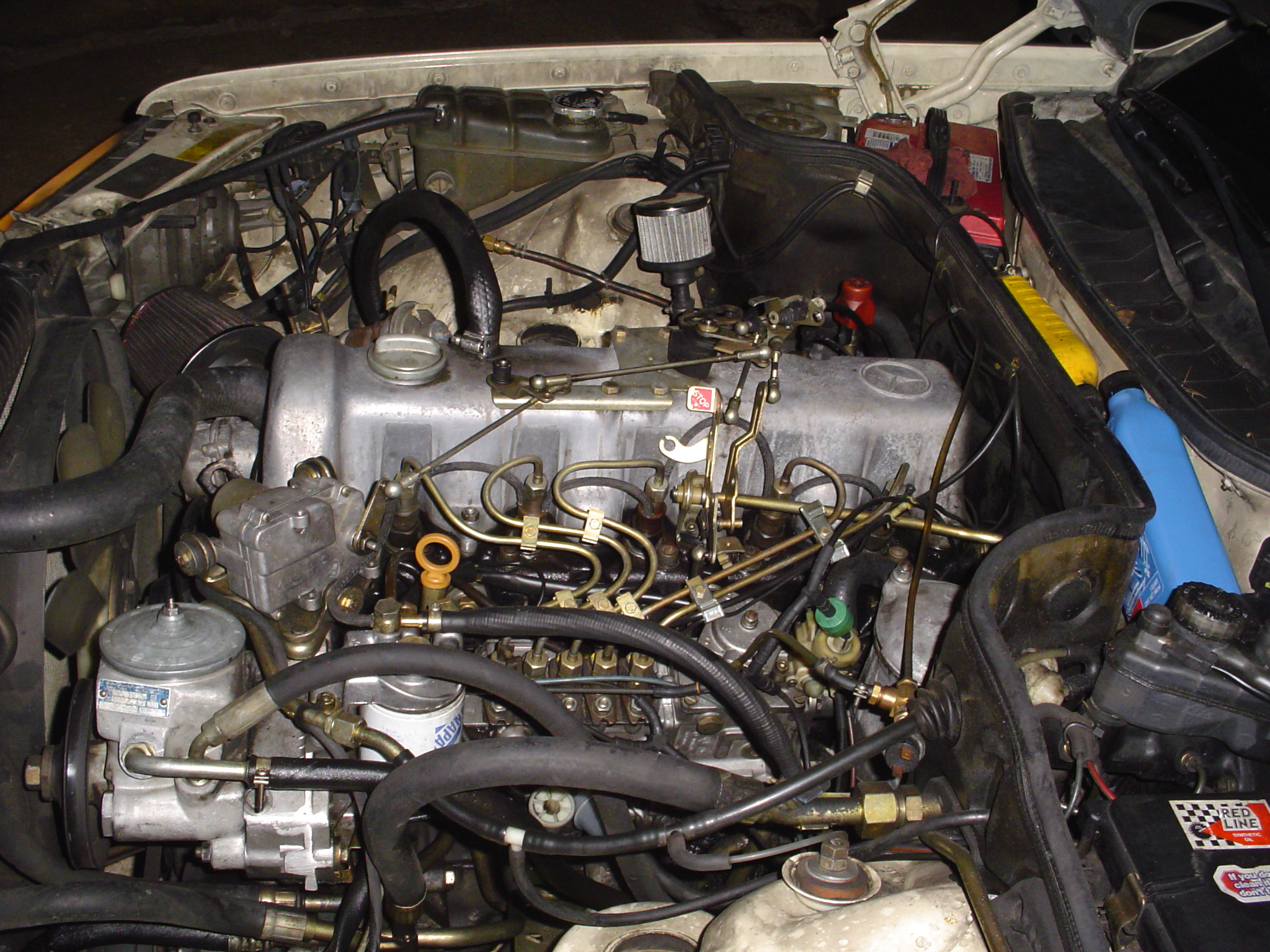
3. GM LS-Series V8: A Tunable Tank
Since 1997, GM’s LS V8 has powered everything from trucks to sports cars and become a legend in its own right. Despite being modified for performance applications frequently, the LS V8 family stays surprisingly cool.
With options ranging from 4.8L to 7.4L, these small blocks feature robust cooling channels, thermostatic fans, and a dependable architecture that handles heat dissipation under heavy loads.
They’re so thermally stable that many tuners push these engines well beyond their factory horsepower without needing major cooling upgrades, making them one of the most popular and reliable choices for high-power street builds.
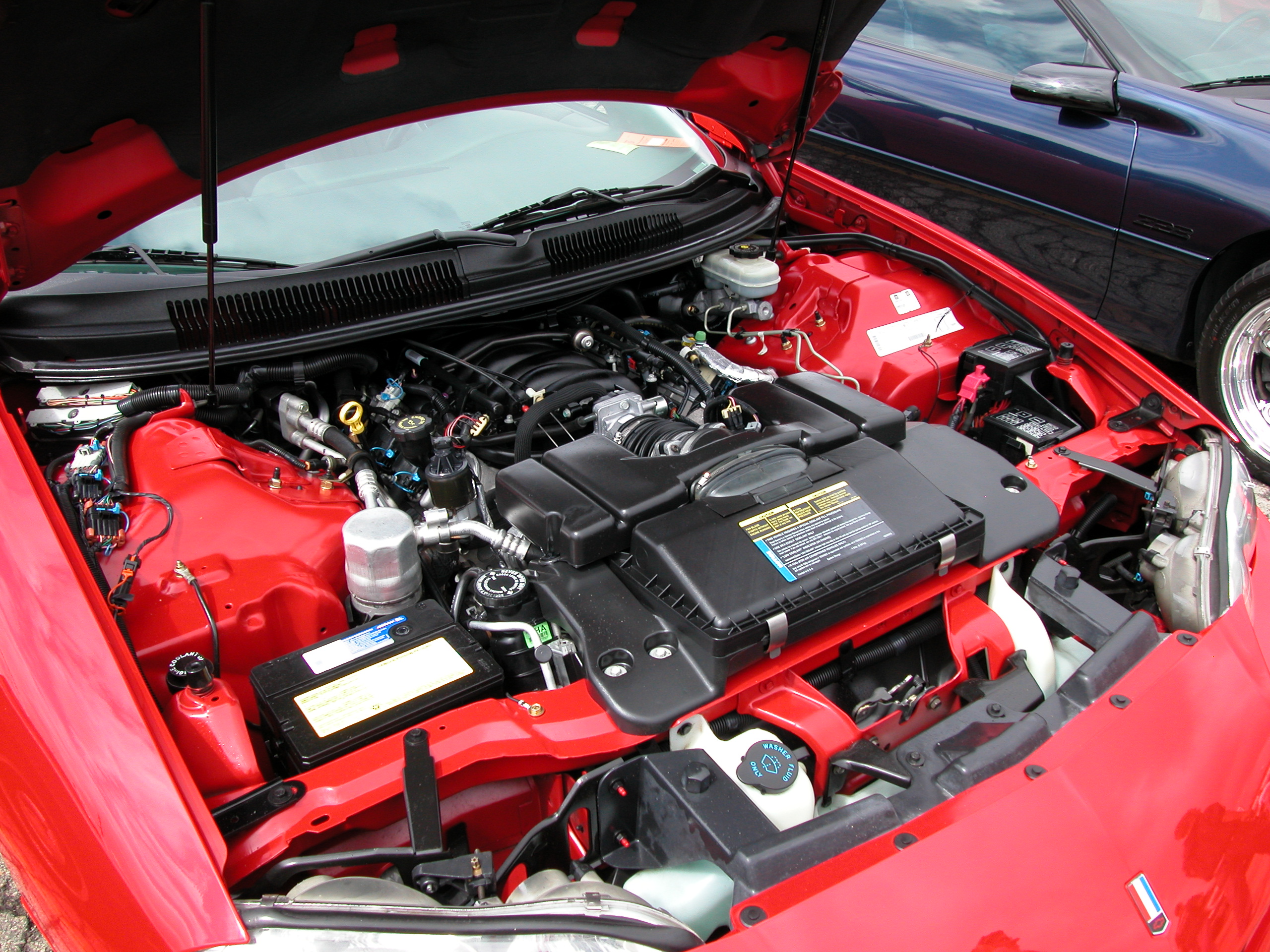
4. Toyota 1JZ/2JZ: Turbo Legends That Keep Cool
The Toyota JZ engine family—especially the 2JZ—is iconic for its incredible tuning capacity and bulletproof reliability. Despite being turbocharged and often pushed beyond factory limits, these inline-six engines manage heat exceptionally well.
The cast-iron block, overengineered oil and coolant pathways, and conservative factory tuning mean they rarely overheat, even in hot climates or stop-and-go traffic.
Found in cars like the Toyota Supra and Aristo, the JZs are revered not just for their strength but also for their remarkable thermal stability under high loads, making them a favorite in street and track setups around the world.
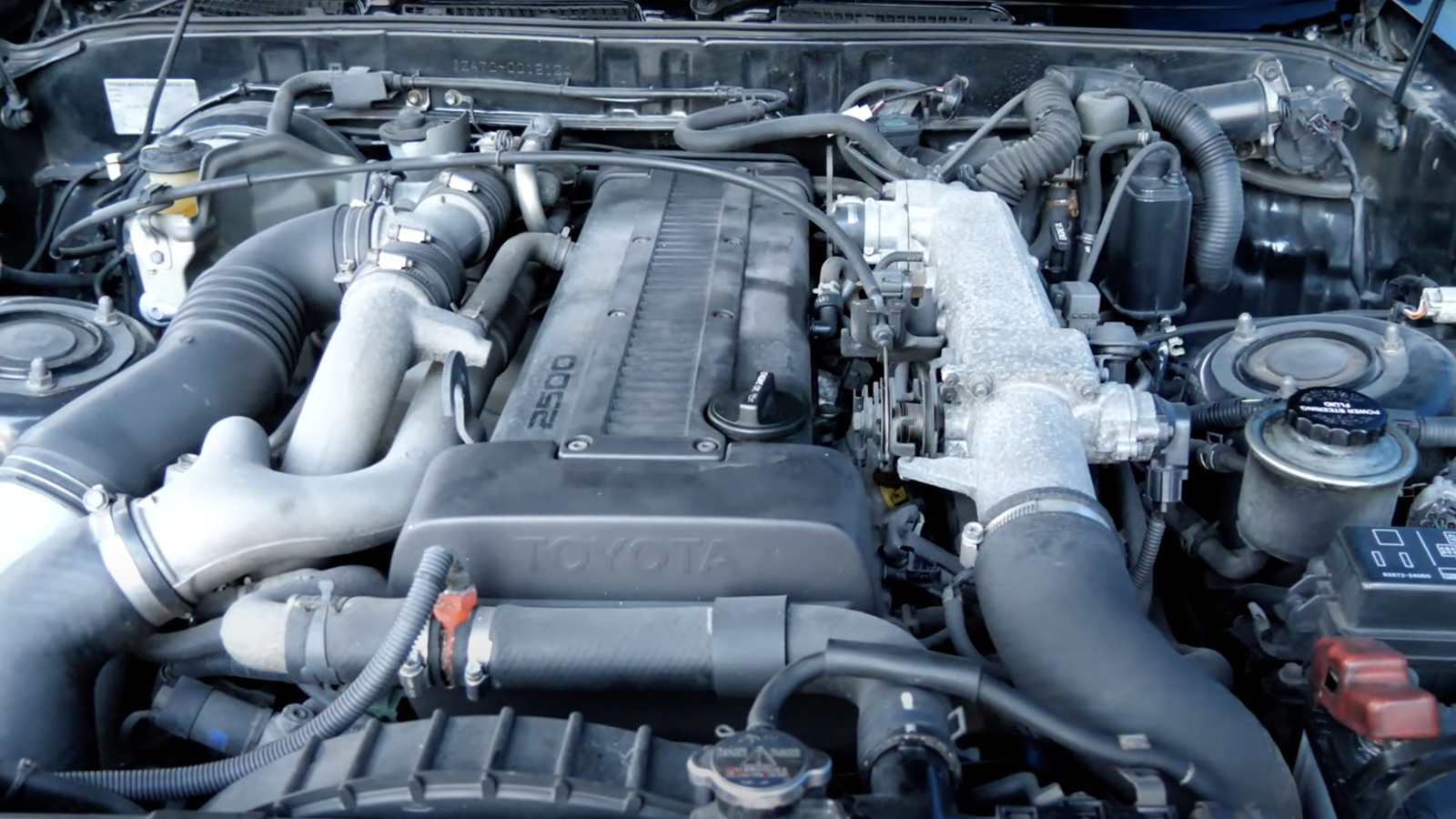
5. Honda K-Series: High-Revving and Heat-Resistant
Launched in 2001, Honda’s K-Series four-cylinder engines combine lightweight design with exceptional durability. Available in models like the Civic Type R, Accord, and CR-V, the K20 and K24 engines handle high RPMs and daily commutes with ease.
With DOHC VTEC architecture and aluminum construction, these motors were designed for thermal efficiency and consistent cooling.
Tuners and enthusiasts prize the K-series for its ability to maintain operating temperature under heavy revving, and it rarely succumbs to heat-related issues, even when turbocharged. This thermal resilience contributes to the K-series’ reputation as one of Honda’s best modern engines.

Also Read: 5 Cars With Cheap Parts and 5 That Are Hard to Maintain
6. Toyota 1UZ/2UZ/3UZ: The Quiet Workhorse V8s
Toyota’s UZ-family V8s are found in everything from the Lexus LS 400 to the Tundra pickup and even marine engines. With displacements ranging from 4.0 to 4.7 liters, these 90-degree V8s were overengineered for both luxury and utility use.
Aluminum blocks and heads paired with low compression and intelligent engine mapping help reduce heat buildup. Their under-stressed design contributes to cool running, even when idling for long periods or towing heavy loads.
These engines are so robust and heat-resistant that some even power boats and racecars, a testament to their advanced thermal management systems.
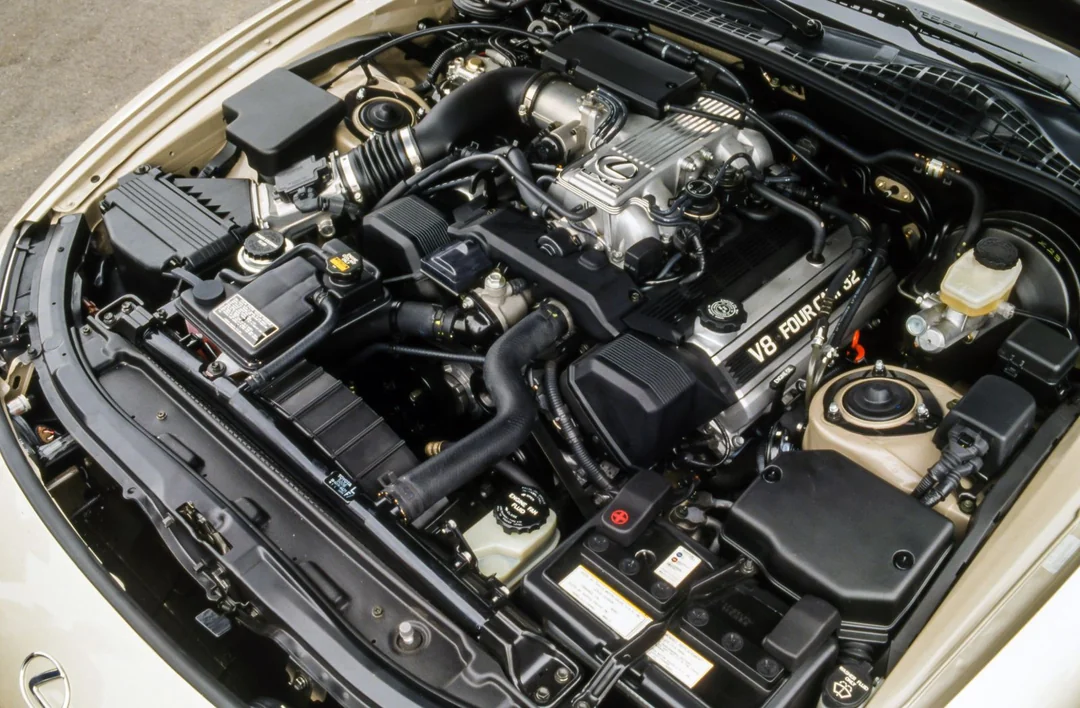
7. Ford 300 Inline-Six: The Workhorse That Won’t Quit
Built from 1964 to 1996, the Ford 300 cubic-inch inline-six earned its reputation as an unkillable truck engine. Originally introduced in F-Series pickups, it became a staple for industrial vehicles, too. Its cast iron construction, long-stroke layout, and naturally aspirated simplicity made it an engine that just didn’t overheat.
Whether pulling heavy loads or idling in construction equipment, the Ford 300 handled thermal stress without complaint. Its reliability is legendary, with stories of abuse and neglect still failing to make this motor quit—or run hot. Truly one of the toughest engines in American history.
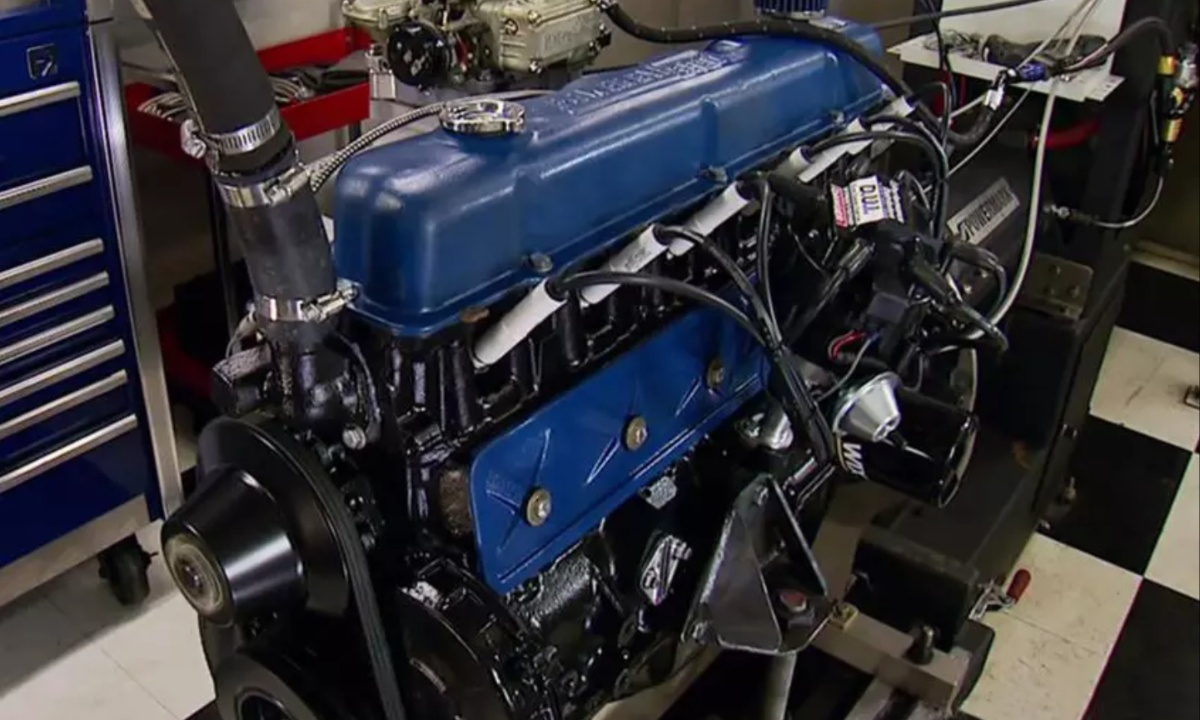
8. BMW M50: Bavarian Precision Meets Reliability
Produced between 1990 and 1996, BMW’s M50 inline-six brought reliability and performance together in a well-balanced package. Debuting in the E34 5 Series, the M50 featured a cast iron block and aluminum head, as well as early VANOS (variable valve timing) technology.
Its efficient cooling system and solid construction allowed it to maintain consistent operating temperatures, even under sporty driving or prolonged traffic conditions.
Enthusiasts often note how well the M50 tolerates a boost in modified setups, another nod to its thermal resilience. It set the stage for future BMW engines known for their mix of power and durability.
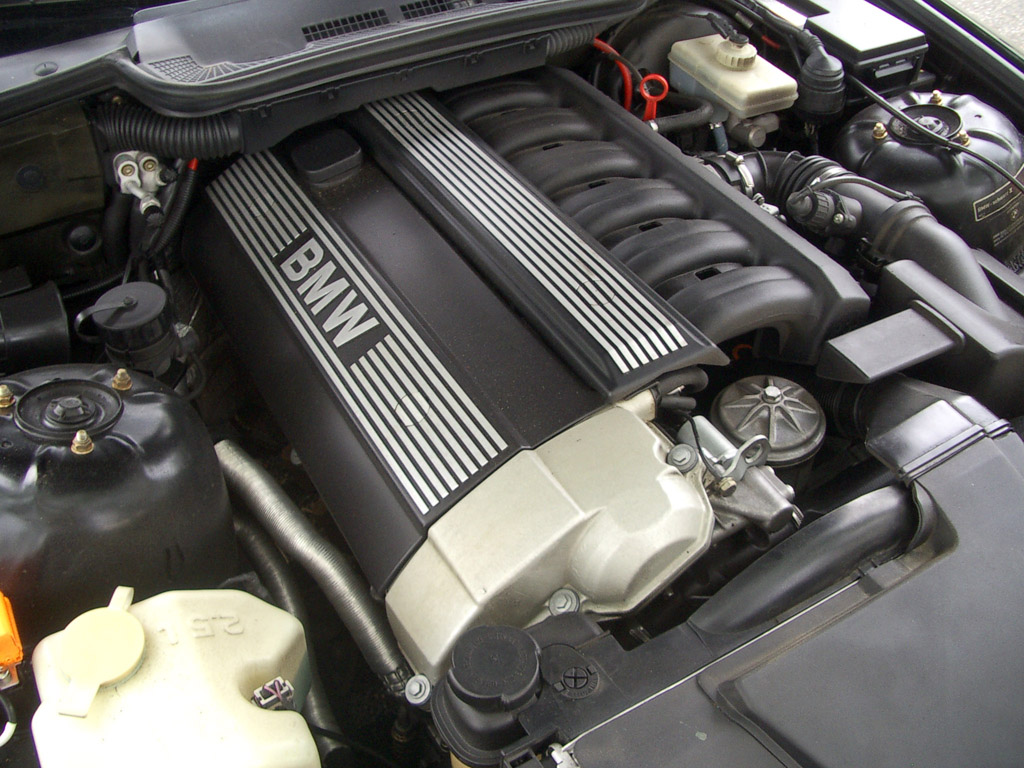
9. Chrysler Slant-Six: Angled for Longevity
The Chrysler Slant-Six—produced from 1959 to 2000—earned its legendary status through bulletproof reliability and surprising thermal management. Canted 30 degrees to the side, this inline-six layout improved cooling efficiency and engine bay fitment.
Whether it came with a 170, 198, or 225 cubic-inch displacement, the Slant-Six rarely suffered overheating thanks to generous coolant flow and a robust cast iron build.
Found in everything from Dodge Darts to Ram Vans and Plymouth Barracudas, it was adaptable, simple, and endlessly reliable—even when abused. It’s no wonder this engine powered over 30 different models and is still fondly remembered today.
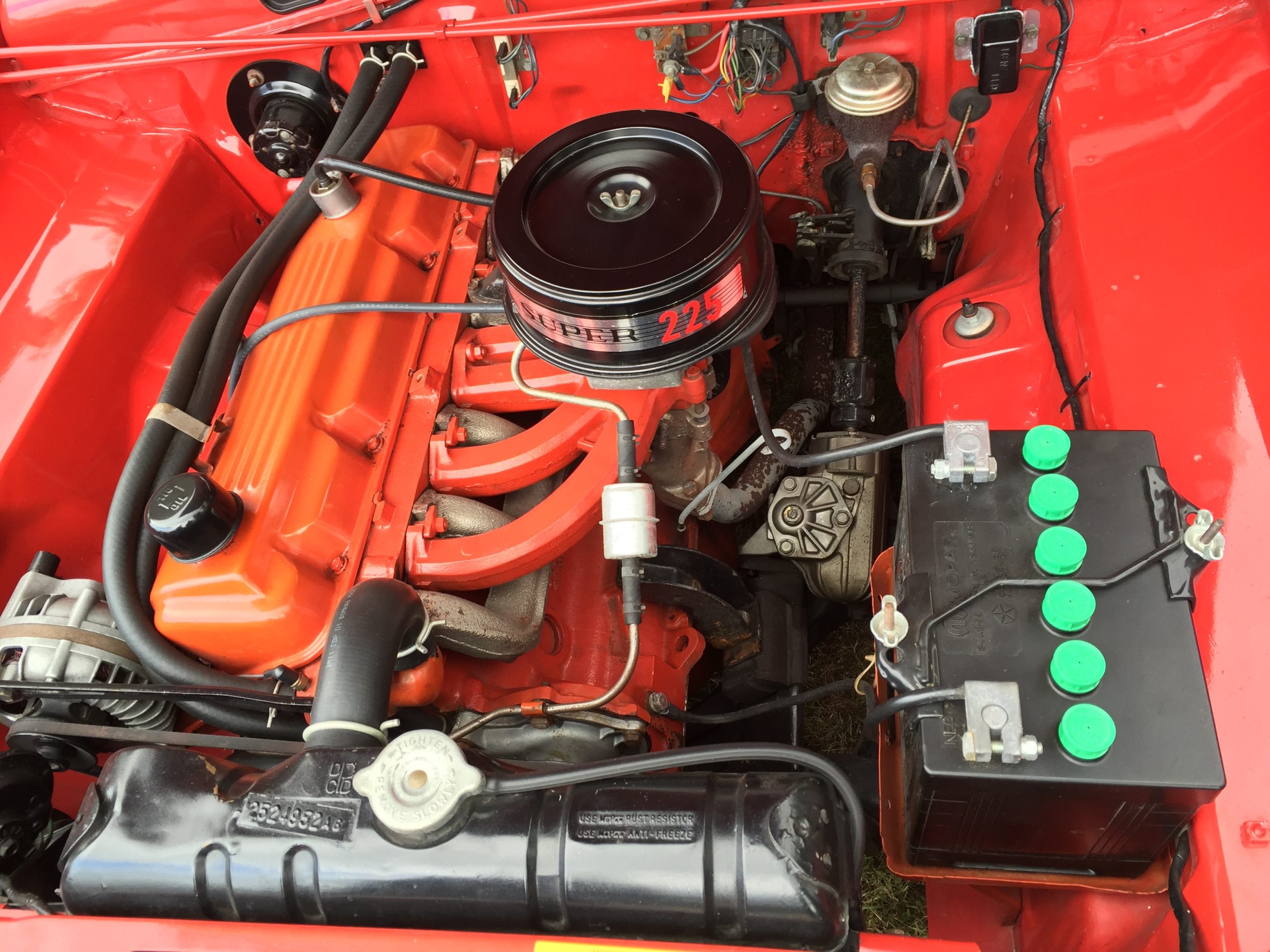
10. Volkswagen ABF: Compact, Cool, and Capable
The VW ABF engine, a 2.0L 16-valve inline-four, may be compact, but it’s no less impressive. Produced between 1992 and 1999, this high-revving motor powered the Mk III Golf GTI and other Euro-market VWs. Known for its cast iron block and rev-friendly aluminum head, the ABF managed heat well thanks to efficient design and strong cooling flow.
Despite being a performance engine, it is renowned for hitting 250,000 miles without overheating or failure, even under spirited driving. Although parts can be pricey today, their lasting reputation comes from an ability to keep cool under both daily use and track abuse.
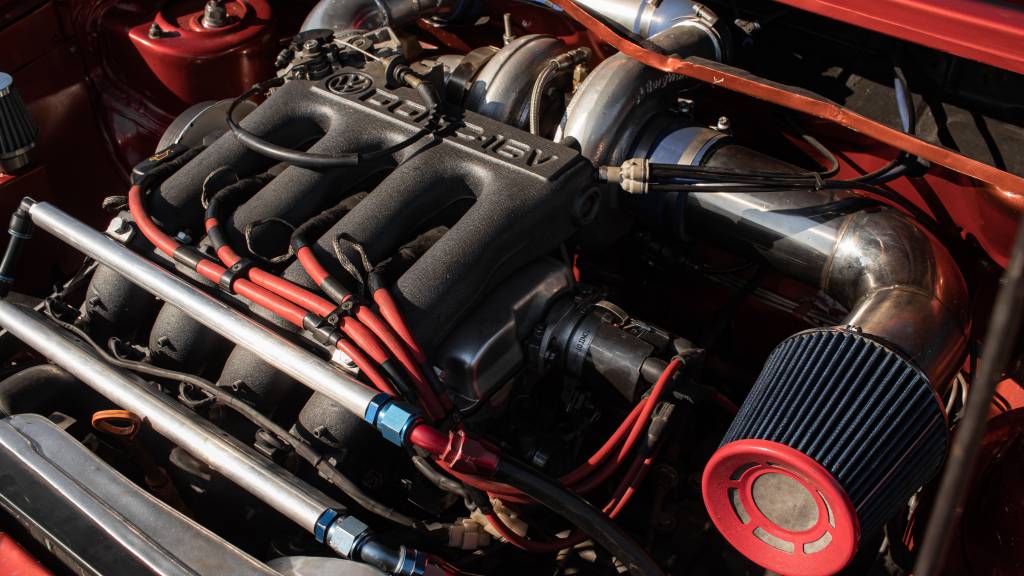
Engine overheating is a common concern in urban traffic, especially during summer months or in aging vehicles. However, the engines listed here have defied those odds by combining thoughtful design, strong materials, and efficient cooling systems to deliver unshakable reliability.
Whether in luxury sedans, industrial trucks, or performance icons, these engines prove that it’s possible to enjoy power and dependability without worrying about heat-related failures.
From Toyota’s engineering prowess to American muscle endurance and German precision, these are the ten engines that deliver peace of mind even in the slowest, hottest commutes.
Also Read: 5 Cars That Don’t Need Timing Belt Changes and 5 That Constantly Break

